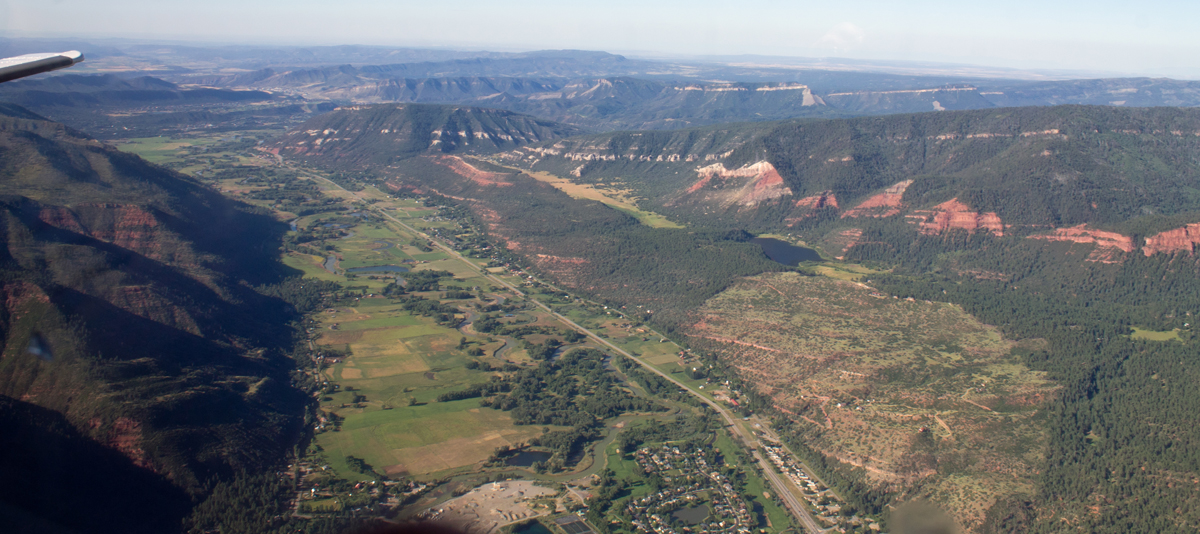[leadin]When the Tang-orange plume of acidic water and heavy metal-laden slime blasted out of a mine in southwest Colorado’s San Juan Mountains on August 5th, tore through Cement Creek in Silverton, ran into the Animas River and, finally, the San Juan River some 100 miles downstream, it may have seemed like a pristine mountain stream was forever sullied.[/leadin]










